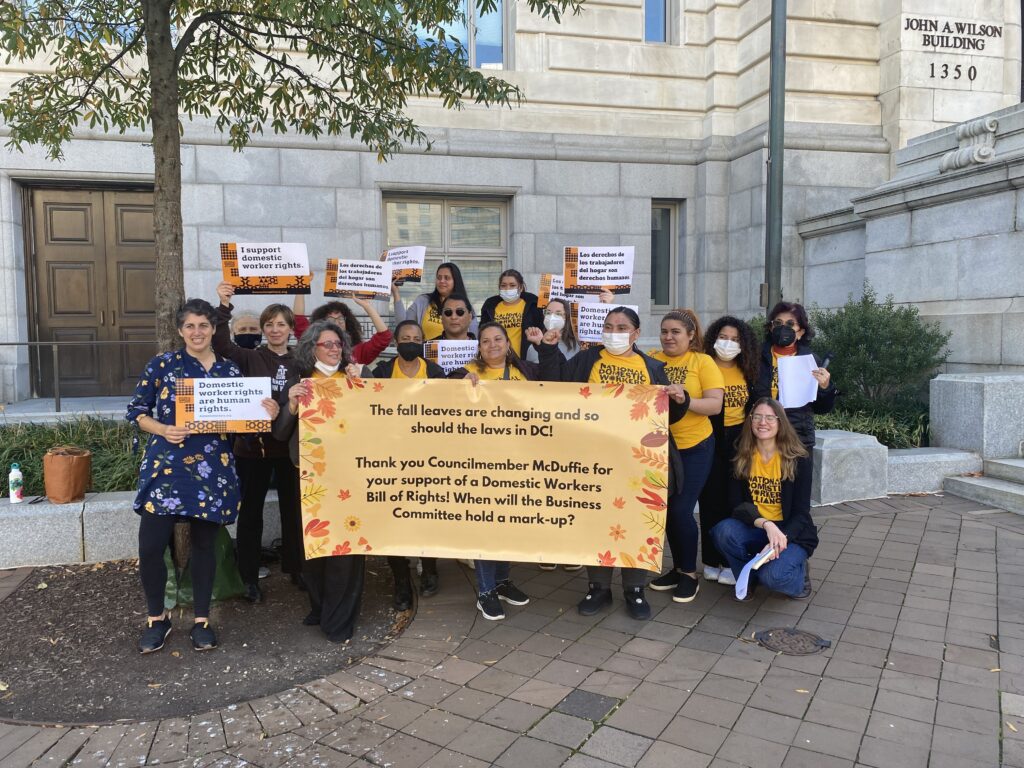On March 27, District of Columbia Mayor Muriel Bowser announced the D.C. LEAP Academy (Learn Earn Advance Prosper) to train District residents for government jobs. Training will focus on in-demand government jobs, such as maintenance and technical support.
“The District employs hundreds of workers to maintain our buildings and keep our fleet vehicles road-ready. LEAP will serve as a conduit for motivated District residents to enter the workforce in a good, steady job and begin the pathway to the middle class,” Mayor Bowser said in her first State of the District address on March, 31.
The D.C. Department of Employment Services (DOES) and the Department of General Services will coordinate partnerships LEAP Academy with private sector employers, community-based organizations, educational institutions and District Government agencies. The program will offer District residents the chance to obtain industry-recognized credentials and paid apprenticeships.
According to LaToya Foster, senior communications officer for the mayor, LEAP trains for more than entry-level jobs with the goal of empowering people with the skills to become upwardly mobile.
“There are jobs here in the city but if people aren’t trained for them then it’s not helpful,” Foster said. “LEAP is for the unemployed, both homeless and not homeless people. But some people are homeless because they need employment.”
In her State of the District Address, Mayor Bowser reiterated her plan to end family homelessness by 2018 and all homelessness in the District by 2025. Her proposed 2016 budget, released two days later, included $100 million for the Housing Production Trust Fund, $40 million to begin replacing DC General Family shelter, and $5 million to extend Temporary Assistance to Needy Families (TANF) benefits.
“Mayor Bowser did not mention the failed Homeless No More plan,” said Eric Sheptock, a advocate for the homeless who is homeless himself. “How do you come up with a second ten-year plan and not address the first ten-year plan?”
In 2004, D.C. Mayor Anthony Williams announced the “Homeless No More” plan to provide stable housing for all homeless people in the city within 10 years.
“I think that we should end homelessness all together – homelessness among families, individuals, disabled and able-bodied people,” Sheptock responded to Bowser’s separate deadlines for family and individual homelessness in her ten-year plan.
He believes there is insufficient attention given to homelessness among working, able-bodied people.
“If you’re going to focus more on the disabled people, then those who are able-bodied are going to grow old and possibly become disabled,” Sheptock said. “Half of the homeless people are already working part-time or full-time.”
The Metropolitan Washington Council of Government’s annual homeless census found in 2014 that 19 percent of homeless single adults were employed, and income from employment made up 44 percent of homeless single adults’ income, dwarfing other sources such as public assistance or disability.
“The Mayor acknowledges that homelessness is a challenge that will take time to fix. She is totally committed to ending homelessness overall. She is not looking for a short-term plan, a band-aid to put on the issue,” Foster said.







